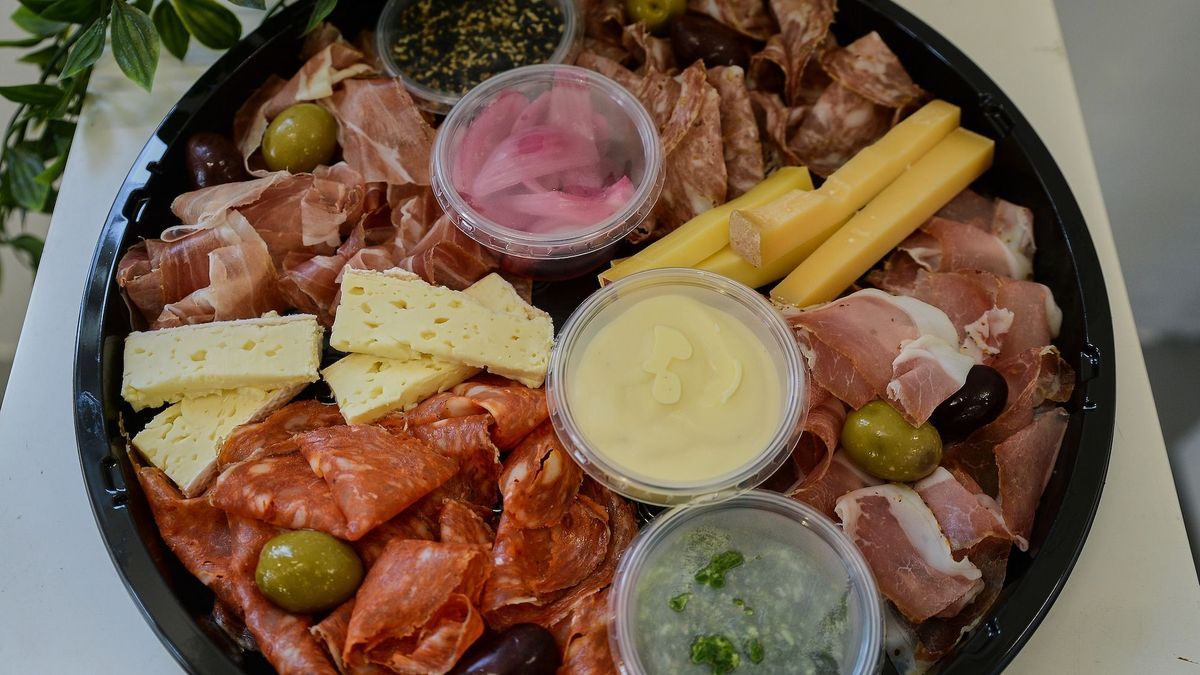
Several cases of botulism in Bordeaux were caused by the ingestion of canned sardines served by a restaurateur. Beyond the risk of poorly sterilized homemade jars, other foods can be responsible for botulism… Discover these other foods, without giving in to panic.
The canned goods
Canned foods are the first suspects in the event of suspected botulism, because the toxin that the Clostridium botulinum bacteria generates after an incubation period of a few hours to a few days is mainly found in poorly preserved foods. We logically point the finger at poorly sterilized homemade jars. According to the World Health Organization, the bacteria has been found in “preserved, slightly acidic vegetables such as green beans, spinach, mushrooms and beets.”
And unfortunately, it only takes a small dose to become infected. According to the Pasteur Institute, botulism is fatal in 5 to 10% of cases, depending on the type of toxin. The bacteria in question is found all around us. It can be present in the earth as well as in plants, otherwise in the intestines of animals, whether fish or pigs. “As they only develop in the absence of oxygen, vacuum-packed and canned foods are the most frequently contaminated” explains the Ministry of Agriculture.
On the other hand, according to the Quebec government, canned foods made from very acidic foods with a high sugar content are not affected. “Raspberries, apples, strawberries, blueberries, jams and fruit marmalades are naturally protected against the growth of Clostridium botulinum“.
The cold cuts
Once this observation has been established, we then easily understand the reasons for also being cautious when consuming foods resulting from cured meats or preparations based on offal, otherwise raw or cooked meat, in short, cold meats. This concerns pâté, raw or cooked ham, mortadella, cured beef meats, but also sausages. Please note that the name of the infection comes from the Latin botulus, which means… blood sausage.
Dried and smoked fish
Herring, salmon, trout… A fortiori, we must be vigilant when consuming seafood that has been smoked. They have not been cooked and are stored vacuum-packed. According to the World Health Organization, this also concerns fish which have only undergone a salting stage. We can thus take the example of the salmon gravlax recipe, consisting of “cooking” the fish only by covering it with salt. Even canned tuna should be carefully observed before consumption, according to the WHO. “At the slightest doubt, if the product has a different color or an abnormal odor, especially if the can is swollen, or if the can or jar does not make a sound when opened, it is better to throw the product away. It should not be consumed“, advises the Ministry of Agriculture.
Honey
For this food, prevention only concerns infants. Young parents are usually advised not to give honey to their child before the age of one. This form of botulism, infant botulism, is mainly seen in infants under one year old. In this case, it is the ingestion of the spores of the Clostridium botulinum bacteria that poses a problem because they then germinate in the toddler’s intestine; the body of the latter having not yet developed the capacity to defend itself. These spores are found both in honey and in dust, warns the Pasteur Institute. In newborns, the symptoms that are more difficult to detect are constipation, a general state of weakness (too weak to cry or suckle), difficulty breathing, a lack of facial expression or even a loss of control of movements of the body. head.
